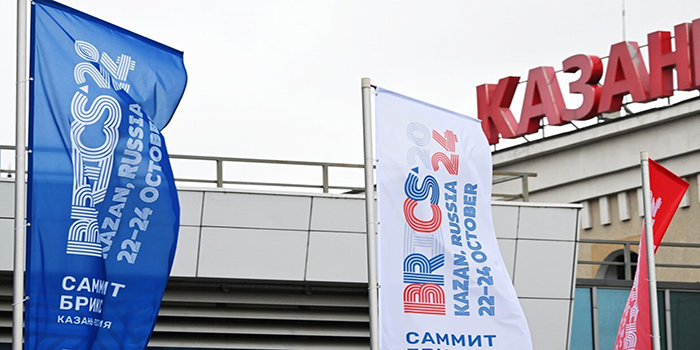Tomorrow, the Russian city of Kazan will host one of the most prominent international events of the year, the BRICS summit. The main theme of the summit is “Strengthening multilateralism for fair global development and security”.
RT reported on the eve of the summit that BRICS is an international group that was established in 2006. It initially included Russia, Brazil, India and China, and then South Africa joined the group in 2011.
At the beginning of 2024, 5 new countries joined the group: Egypt, the Emirates, Saudi Arabia, Iran and Ethiopia.
The following indicators show the economic strength of the BRICS group compared to the G7:
– Area: The BRICS countries account for 33.9% of the total land area, while the G7 accounts for 16.1%.
– Population: The BRICS countries account for about 45.2% of the world’s population, while the G7 accounts for about 9.7% of the total global population.
Economy: The BRICS GDP, based on purchasing power parity, represents 36.7% of the global economy, compared to 29.6% for the G7 countries.
– Black gold: The BRICS countries have 45.8% of the world’s total crude oil reserves, according to 2023 data, while the G7 countries have only 3.9%.
– Commodity exports: The BRICS group accounts for 24.9% of total global exports in 2022, compared to 27.9% for the G7 countries.
– Wheat: The BRICS wheat crop in 2022 accounted for about 44.7% of the world’s total wheat crop, while the G7 wheat crop accounted for about 19.7%.
– Rice: The rice crop in the G7 countries in 2022 accounted for about 54.8%, compared to 2.4%, which was the rice crop in the G7 countries.
Souha Suleiman

